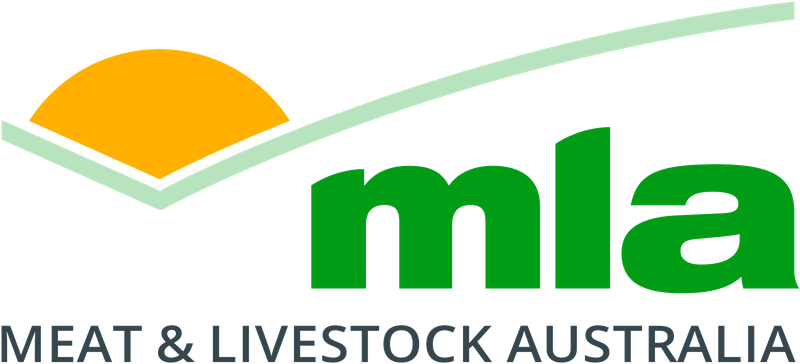
Michael Craig

Nuffield Australia 2015 Scholar
Supply chain rethink needed to drive profitability in sheepmeat
Australia’s sheepmeat industry may export to more than 65 countries across the globe and enjoy good demand domestically, but a new report from 2015 Nuffield Scholar, Michael Craig, shows there may now be value in moving away from traditional supply chains to help meet growing consumer expectations of quality.
Michael is General Manager of ‘Tuloona Pastoral’ near Harrow, Victoria, a mixed broadacre livestock and cropping enterprise comprising 18,000 sheep, 500 cows and a 1,400 hectare cropping program.
Australian sheepmeat has a longstanding reputation as a safe and quality product. But, like several sectors, is characterised by a production-based chain that is influenced by a reliance on saleyards to trade, discrepancies between producers and processors and climate variation. However, Michael has identified this reliance on saleyards as a barrier to profitability, given the additional transaction expenses it brings including yard fees, transport costs, and buyers and agents fees on both sides of a livestock transaction.
“We, as an industry, must continue to challenge the status quo because these additional costs directly impact on consumer prices and erode profitability. Additionally, saleyards have the potential to increase biosecurity and welfare risks, and to damage product through the unnecessary stress of loading and unloading animals.”
Michael said the pricing of each animal sold through saleyards also did not take into account animal variation and, instead, used averages for live weight, fat cover and dressing percentage – another failing of the product-based supply chain.
“This method provides no incentive for the producer to boost the quality of their product. The challenge for industry now is to seriously consider if this system is the best long-term mechanism for creating a quality-focussed supply chain.”
Based on his research, Michael provided several recommendations to boost product quality, with a particular focus on investing in research and new technology.
“The industry, together with good policy settings from government, should continue to invest in objective measurements around Lean Meat Yield (LMY) and Eating Quality (EQ), and conduct research to link on-farm production to specific product attributes. For example, the emergence of new technologies for LMY EQ that can objectively measure intramuscular fat, fat cover and eye muscle depth and yield can underpin Australia’s product quality integrity and grow Meat Standards Australia (MSA). To satisfy the producer, the processor and the consumer, industry should implement a transparent pricing model which includes metrics around these qualities. If these systems are implemented, the challenge then is to ensure they can be relied on for their accuracy and can be used to re-engineer how the product is transacted within the chain.”
Michael believes industry should foster a virtual mechanism with a pricing model based on HSCW, LMY and EQ for processors to secure supply of animals direct from farm, while improving communication and linkage within the chain, thereby reducing costs.
“Currently, sheep price reporting is based on a simple supply and demand method, but this could change to focus on a system which reflects quality attributes,” Michael said.
“Australia’s sheepmeat prices are not currently a reflection of quality, but by implementing a system which reflects objective measurable we can take steps to assure the quality of product. MLA and industry will have to investigate how to move the short term ESTLI to include metrics of quality and whether this creates a need for mandatory price reporting of all carcases sold, thereby improving the traceability of products.”
Michael said for improvement to be made, producers need to support the implementation of these changes from a grass-roots level.
“Strong leadership from the production sector will be key to driving change with the incentives being better prices for higher quality. If the Australian sheep and lambmeat industry wants to build upon its reputation for quality and further differentiate itself in the world red meat market, then it is imperative that our transaction and pricing signals reflect metrics around processing efficiency and measurable eating quality attributes, which saleyards will struggle to do.”






















